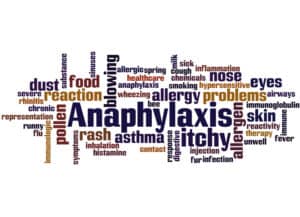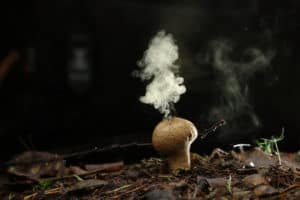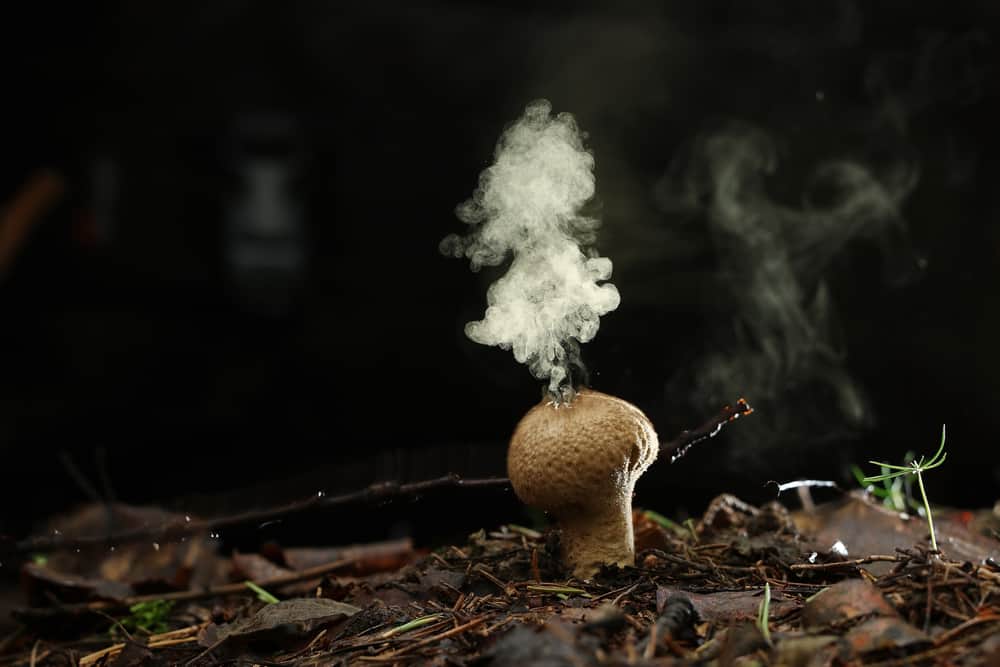Are Mushrooms an Allergen?
Mushroom allergies are quite common as they are connected to many other mold, dust and pollen allergens. An allergy is an abnormal response to a foreign object by the immune system. The body detects the protein in a certain food to be a threat and send out antibodies (ie. in this case).
These antibodies cause cells in the body to create histamine which act on different areas of the body to produce symptoms of an allergic reaction.
Symptoms of Mushroom Intolerance or Allergy
Individuals may experience a mushroom intolerance or allergy. In an allergy, antigens trigger symptoms if not ingested. An intolerance will also give you more mild symptoms. The symptoms of an allergic reaction to mushrooms include:
- Nausea
- Vomiting
- Headaches
- Light-headedness
- Hives or rashes
- Diarrhea
- Cramping
- Wheezing and shortness of breath
- Abdominal pain and bloating
- Anaphylaxis shock
Other Mold Products
Different mushrooms can cause different symptoms or present symptoms that are more severe than others. Individuals can develop a mushroom allergy at any time during their lives.
People who are more susceptible to a mushroom allergy are individuals who have an allergy to other mold products.
While a mushroom allergy itself is not common, mold and fungi allergies are. It is best to avoid all mold products including yeast if you have a mushroom allergy. Some products include:

- Sour cream
- Sour milk
- Dried fruit
- Alcohol products that contain yeast (beer and wine)
- Cheese
- Pickled meats
There is also a possibility that individuals can be allergic to mushroom spores by inhalation. This is very similar to a mold or pollen allergy. The spores are released into the atmosphere where the inhalation of the spores can inflame the upper respiratory tract and cause a runny nose and watery eyes.
Wheezing may also occur. This happens when the spore settles directly on a membranous surface in the nose or lungs.

Similar to ingestion, antibodies are released and an increase of histamine is sent through the body. Mushroom spores account anywhere form 20-60% of spores in the air.
There is a high concentration from late summer to autumn. The spores thrive best in a humid climate from midnight until dawn. Of course, this is dependent on location and species of mushroom.
The diagnosis of a mushroom allergy is noticing the symptoms directly after ingestion or inhalation. Doctors can also perform a food allergy test. They simply inject you with the protein that causes the food allergy under a small section of skin. There will be an immediate reaction in the allergy is present.
REFERECES
Brennan, Dan. “The Basics of Mold Allergies.” WebMD, WebMD, 2 June 2020, www.webmd.com/allergies/mold-allergy-basics.
“MUSHROOM SPORES SUSPECTED AS CULPRIT IN ALLERGIC REACTIONS THAT BAFFLED.” The New York Times, The New York Times, 20 Apr. 1982, www.nytimes.com/1982/04/20/science/mushroom-spores-suspected-as-culprit-in-allergic-reactions-that-baffled.html.
Narsaria, Rachita. “Mushroom Allergy – Causes, Symptoms, Diagnosis, Treatment, Prevention.” Medindia, 2019, www.medindia.net/patients/patientinfo/mushroom-allergy.htm.





4 thoughts on “Are Mushrooms Considered an Allergen?”
Comments are closed.